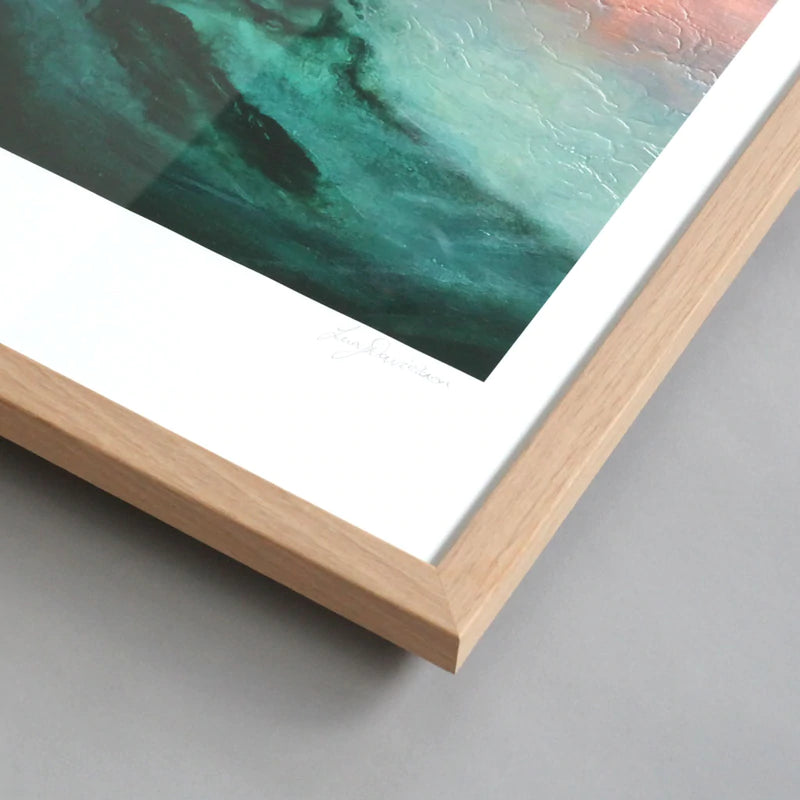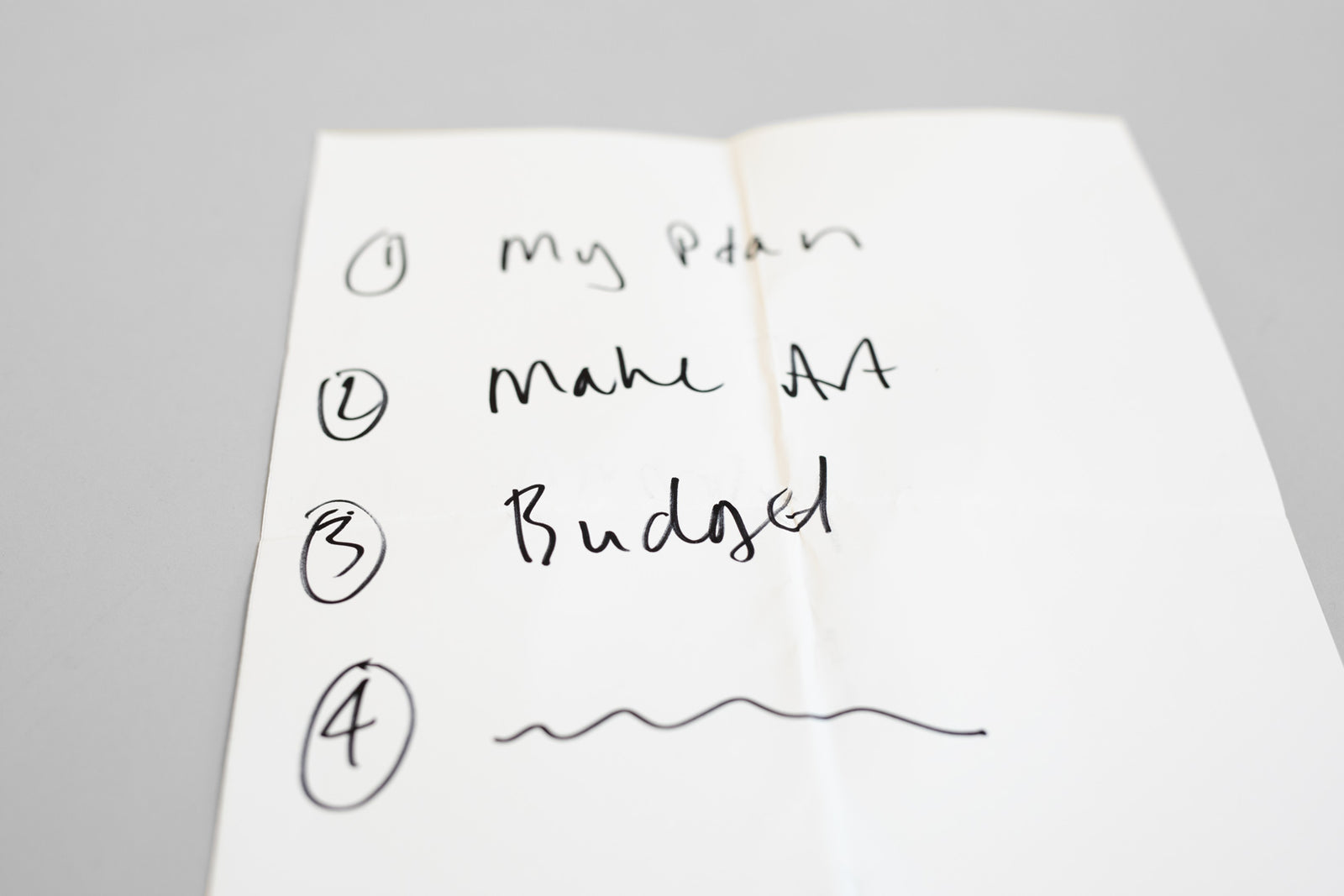Getting your work in front of a gallery can be daunting. Whether it's for the first time or you already have your work exhibited in a space, it doesn't necessarily get easier. Having gallery representation or a place to exhibit your work is important; this allows you to diversify your audience. We are going to explore the steps and strategies for approaching galleries successfully.
1. Do Your Research
The first step in your journey is research. Take the time to understand the different galleries in your area and beyond. Each gallery has its own unique focus and clientele. Consider your art style, medium, and messaging and align them with galleries that share your vision. Study the artists they exhibit and think about whether your work would sit well in that space.
Tip: Look for a 'gap' that your work might fill in a collection.
2. Prepare Your Portfolio
Your portfolio is your artistic resume. It should reflect the best of your work and demonstrate your consistency and growth as an artist. Ensure that your portfolio is cohesive and showcases a body of work that tells a compelling story.
Tip: A portfolio doesn't have to be traditional, it could be your social media or website. Just make sure it's tidy and presents a good showcase of your work.
3. Craft a Compelling Artist Statement
An artist statement is your chance to communicate your vision. It's important to convey your motivation and artistic process to gallery owners and potential buyers. Keep it concise and engaging.
Tip: Practise articulating your story to be ready for gallery meetings.
4. Networking and Building Relationships
Building relationships in the art world is essential. Attend art events, gallery openings and exhibitions to connect with gallery owners, fellow artists and art enthusiasts. A community is essential in any artistic endeavor.
Tip: Be genuine in your interactions and avoid coming across as overly self-promotional.
5. Submit Your Portfolio
Many galleries accept portfolio submissions through email or online platforms. Introduce yourself and attach your portfolio, explaining why your work fits with their gallery.
Tip: Follow submission guidelines meticulously and be patient. Galleries often receive numerous submissions, so be prepared for a reasonable waiting time.
6. Follow Up Respectfully
If you don't hear back after submitting your portfolio, don't be discouraged. Galleries receive many submissions and it can take time to review them all. Send a polite follow-up email or make a brief call to express your continued interest.
Tip: Persistence can be key, but always maintain professionalism.
7. Prepare for Gallery Meetings
When you secure a meeting with a gallery owner or curator, be well-prepared. Bring a physical portfolio or digital presentation of your work, your artist statement, and be ready to discuss your art confidently.
Tip: Be open to feedback and collaboration. Gallery owners may have suggestions to enhance your work's marketability.
Understand Gallery Agreements
If a gallery expresses interest in representing you, take your time to review any agreements thoroughly. Understand the terms, commission rates, exhibition schedules and any exclusivity clauses.
Tip: Consider seeking legal advice when entering into agreements.
Promote Your Work
Even with gallery representation, it's essential to continue promoting your work independently. Maintain an active online presence through social media and a website.
Tip: Collaborate with the gallery on marketing efforts to maximize exposure.
Approaching galleries is an important step for any artist. Remember that rejection is a part of the process and perseverance is key. Continue to refine your craft, build relationships and seek opportunities to exhibit your work. Success in the art world often requires a combination of talent, dedication and a strategic approach to gallery representation. Embrace the journey and don't be afraid to take risks in your pursuit of artistic recognition.
















